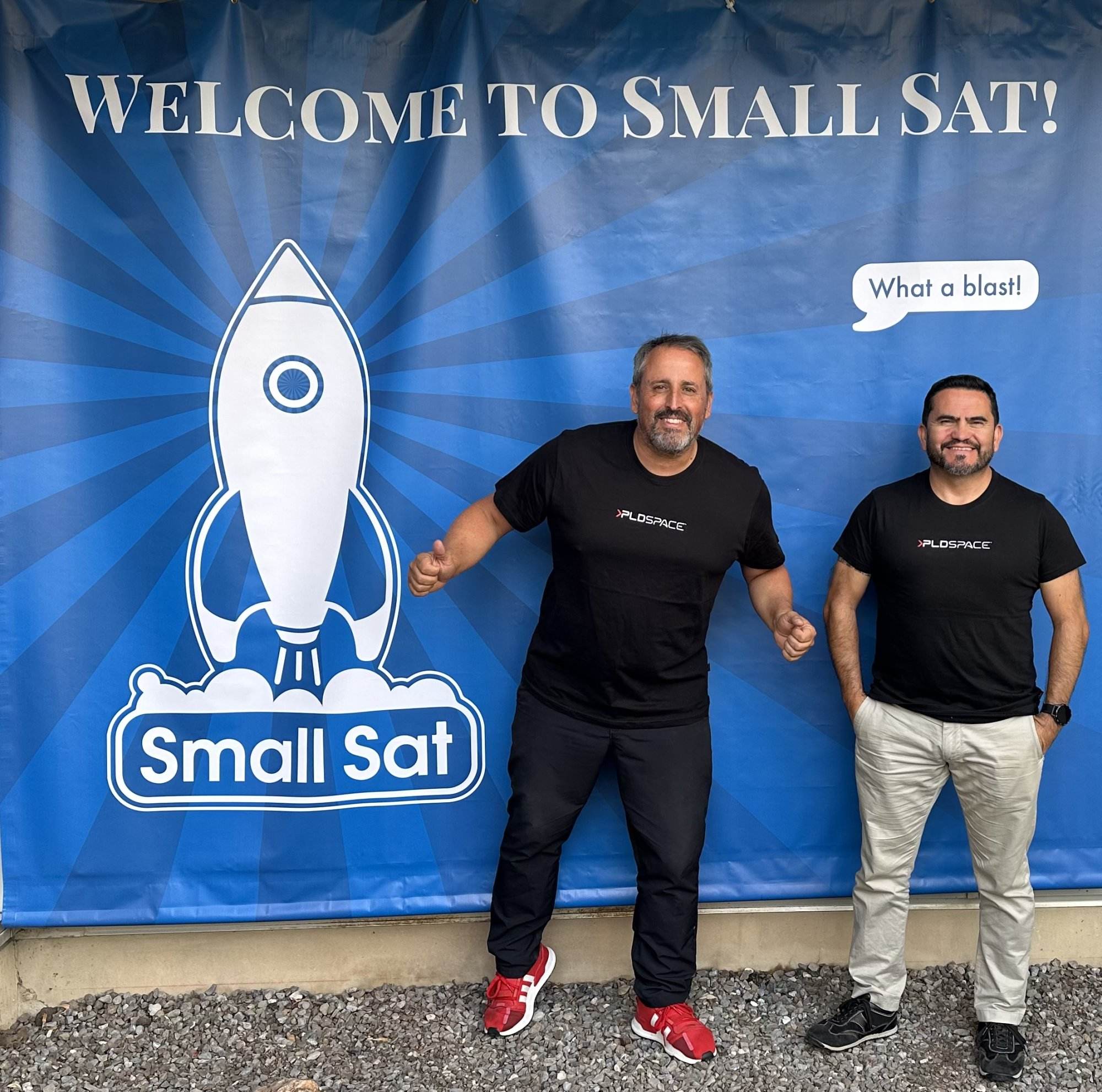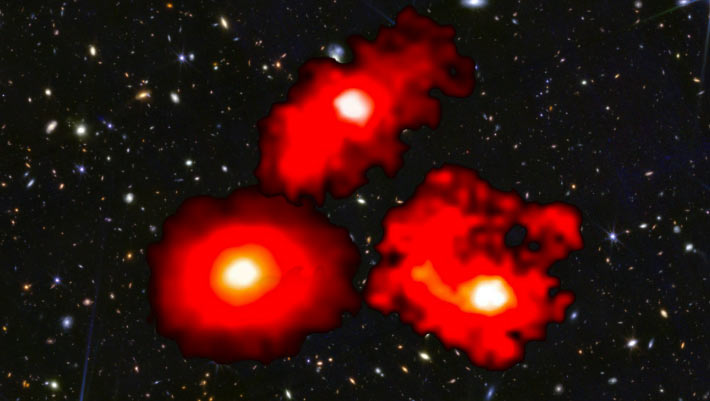PLD Space to start building French Guiana launch facilities next month

Top Stories Tamfitronics

TAMPA, Fla. — As Arianespace ramps up following Ariane 6’s July maiden flight from Europe’s spaceport in French Guiana, a Spanish venture is preparing to become the first non-institutional launcher to reach orbit from the base next year.
PLD Space plans to start building launch facilities for its Miura 5 rocket in October from the Diamant site at Guiana Space Centre, cofounder and chief business development officer Raúl Verdú told SpaceNews.
Diamant has been dormant for decades after once being used for the French rocket of the same name, and “in the area where we are there is nothing,” Verdú said, “we have to do everything from scratch.”
PLD Space, Germany’s Isar Aerospace and a handful of other small European launchers are working with France’s CNES space agency to convert the site into a multi-use facility.
In June, the Spanish company announced a 10 million euro ($11 million) investment plan for 15,765 square meters of space at Diamant, divided between a launch zone and a preparation area comprising an integration hangar, clean room, control center, commercial and work offices.
CNES is providing common infrastructure such as roads and electricity networks.

Verdú said work is already underway to produce Miura 5 rockets at a recently established factory near its headquarters in Alicante, Spain, although an official inauguration ceremony for the plant won’t be held until after summer.
According to PLD Space, nearly 70% of the 35.7-meter-long rocket’s design and technology was validated during the maiden flight of Miura 1, a smaller rocket that lifted off on a brief suborbital trip from the southern coast of Spain in October.
Miura 5’s standard two-stage version is designed to lift a nominal payload of up to 540 kilograms to subsynchronous orbit, and up to 1080kg to equatorial orbit.
The first stage is also designed to be recoverable for reuse after separating from the rocket and using parachutes to slow its descent ahead of splashdown.
Funding progress
PLD Space has raised around 120 million euros from early-stage investors since it was founded in 2011.
In July, the company signed a 31.2 million euro loan with local banks in July to accelerate development.
Unlike an equity venture funding round, debt funding from risk-averse banks does not dilute investments held by existing shareholders.
“Traditional banks usually are not financing companies at our stage,’ Verdú noted, particularly early-stage launchers.
Key to the financing was the support of Spain’s government-backed export credit agency CESCE, which guaranteed the loan against the risk of non-payment to support its domestic industry.
The funds will support Miura 5 factory and launch site activities, and help the company expand from 220 to 300 employees before the end of the year.
Still, PLD Space must clear multiple technical hurdles to achieve its goal of entering commercial operations in 2026, soon after Miura 5’s maiden flight, and ramp up to more than 30 launches annually by 2030.
Before being bogged down by technical issues and external problems — not least the COVID-19 pandemic — Europe had originally planned to debut Ariane 6 in 2020 after beginning development work in 2014.
The 63-meter-tall Ariane 6 rocket ultimately reached orbit July 9although it experienced an issue with the power unit that enables its upper stage to reignite.
PLD Space is also planning an ambitious maiden flight for Miura 5. Verdú said “we will try to recover part of the rocket from the first mission,” but did not give details.
Jason Rainbow writes about satellite telecom, space finance and commercial markets for SpaceNews. He has spent more than a decade covering the global space industry as a business journalist. Previously, he was Group Editor-in-Chief for Finance Information…More by Jason Rainbow


















